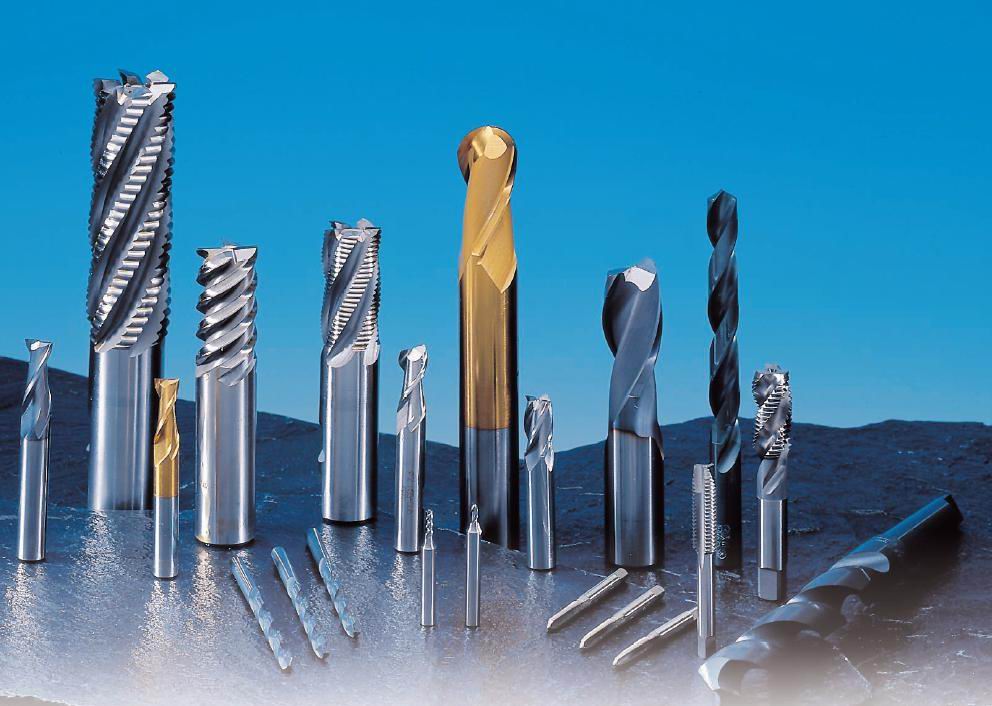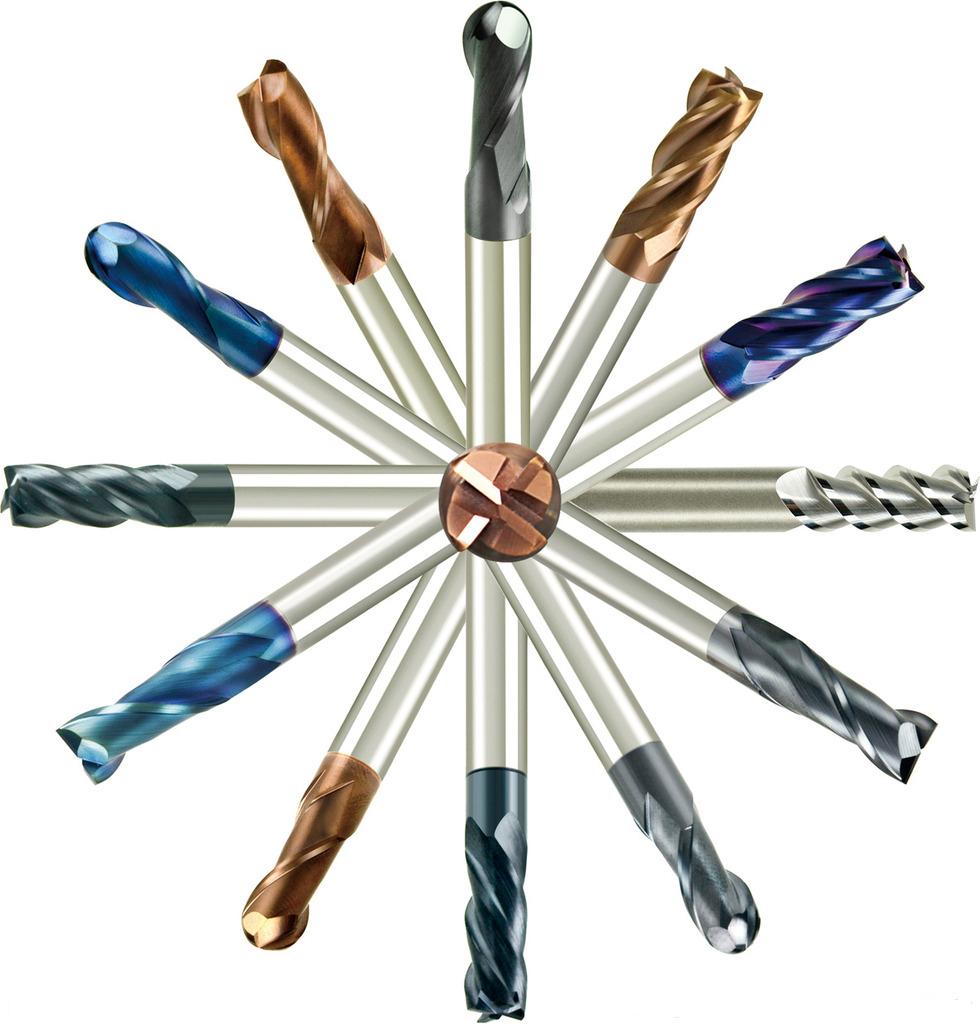Milling tools are the backbone of precision machining, enabling manufacturers and hobbyists alike to shape metal, wood, and other materials with accuracy and efficiency. Whether you’re operating a CNC milling machine in an industrial setting or setting up a home workshop, choosing the right milling tools can make or break your project. With advancements in tool design and materials, 2025 offers a range of options tailored to diverse applications. This article explores the best milling tools for precision machining, how to select them, and why they matter for achieving superior results. By understanding the types, features, and applications of these tools, you can optimize your milling process and elevate your craftsmanship.
The quality and type of milling tools directly impact the precision, speed, and finish of your machining projects. A poorly chosen tool can lead to inaccuracies, material waste, or even damage to your milling machine. For example, using the wrong end mill for a specific material can result in tool wear or subpar surface finishes. According to industry insights, selecting tools based on material compatibility and machining requirements can improve efficiency by up to 30% [1]. This is especially critical in industries like aerospace and automotive, where tolerances are tight and errors are costly.
When selecting milling tools, consider factors like material hardness, cutting speed, and the type of milling machine you’re using. For instance, solid carbide milling tools are ideal for high-speed milling of tough materials like stainless steel, while milling cutter types vary based on the geometry of the cut. By aligning your tool choice with your project’s needs, you ensure better performance and longevity of both the tool and the machine.

Milling tools come in various forms, each designed for specific tasks. Below, we explore the most common types available in 2025 and their applications to help you choose the right one for your needs.
End mills are among the most widely used milling tools due to their versatility. These tools feature cutting edges on both the side and the end, allowing them to cut slots, pockets, and contours. In 2025, solid carbide end mills are particularly popular for their durability and ability to handle high-speed milling. For example, end mills for acrylic are designed with polished flutes to prevent material buildup, ensuring clean cuts in softer materials.
For precision machining, brazed carbide end mills offer a cost-effective alternative to solid carbide, providing excellent performance for general-purpose milling. When working with complex geometries, insert type ball nose cutters are ideal for creating smooth, curved surfaces, making them a go-to for 3D contouring in mold-making.
Milling cutters come in various types, each suited to specific cuts. For instance, slab milling cutters are used for removing large amounts of material quickly, ideal for roughing operations. In contrast, ball nose insert cutters excel in finishing operations, providing smooth surfaces for intricate parts. Understanding the types of milling cutters and their uses is key to optimizing your workflow. For example, different types of milling cutters like side-and-face cutters are perfect for cutting slots and grooves in metalworking.
When selecting a cutter, consider the material you’re machining. Metal milling tools often require high-speed steel (HSS) or carbide for durability, while ceramic reamers are gaining traction for their heat resistance in high-temperature applications. Choosing the right cutter ensures efficiency and reduces tool wear.

For operations requiring both drilling and milling, drill mills offer a hybrid solution. These tools combine the capabilities of a drill bit and an end mill, making them ideal for creating holes and slots in a single setup. CNC mill drill bits are particularly useful in automated machining, where precision and repeatability are paramount. Additionally, precision boring tools are essential for enlarging holes with tight tolerances, a common requirement in industries like automotive and aerospace.
Specialty tools like railway sleeper drill bits cater to niche applications, such as drilling into composite materials used in infrastructure projects. These tools are designed for durability and efficiency, ensuring consistent performance in demanding environments.
Selecting the right milling tools involves understanding your material, machine, and desired outcome. Here are key factors to consider:
Material Compatibility: Match the tool material to the workpiece. For example, solid carbide milling tools are best for hard metals, while HSS tools work well for softer materials like aluminum.
Tool Geometry: The shape of the tool, such as milling cutter types, affects the cut. Ball nose insert cutters are ideal for curved surfaces, while flat end mills suit flat-bottomed slots.
Machine Specifications: Ensure your milling tools are compatible with your machine’s spindle speed and power. For instance, CNC milling bits are optimized for high-speed CNC machines.
Project Requirements: Consider whether you need roughing or finishing tools. Milling drill bits are great for multi-purpose tasks, while precision boring tools excel in finishing.
For home shops, milling tools for sale at RNK Tools offer a range of options, from solid mill cutters to milling cutter bits, ensuring you find the right tool for your budget and needs.
The milling industry is evolving rapidly, with 2025 bringing innovations in tool materials and designs. Solid carbide reamers and brazed carbide end mills are seeing increased demand due to their longevity and precision. Additionally, advancements in coatings, such as diamond-like carbon (DLC), are improving tool life by reducing friction and wear [2]. For CNC users, milling machine bit types with integrated sensors are emerging, allowing real-time monitoring of cutting conditions to prevent tool failure.
Another trend is the rise of high-speed milling, which requires specialized tools like hard milling end mills to maintain accuracy at elevated speeds. These tools are designed to handle the thermal and mechanical stresses of high-speed operations, making them ideal for industries requiring rapid production.
Q: What is the difference between a lathe and a milling machine?
A: A lathe rotates the workpiece against a stationary cutting tool to create cylindrical shapes, while a milling machine moves the cutting tool (like an end mill) against a stationary workpiece to create flat or contoured surfaces. Milling machines are more versatile for complex shapes.
Q: What is the best small milling machine for a home shop?
A: The best small milling machine depends on your needs, but compact CNC models like those from Kent USA are popular for their precision and affordability. Pair them with milling bits like solid carbide end mills for optimal results.
Q: How often should you replace your milling tools?
A: Tool replacement depends on usage and material. Solid carbide milling tools can last hundreds of hours with proper maintenance, but signs like dull edges or poor surface finish indicate it’s time for a replacement.
Q: Can a milling machine cut rectangular shapes?
A: Yes, milling machines can cut rectangular shapes using end mills or slab milling cutters. The precision of CNC machines makes them particularly effective for such tasks.
Choosing the right milling tools in 2025 is critical for achieving precision and efficiency in machining projects. Whether you’re using end mills, milling cutters, or drill mills, understanding their applications and matching them to your material and machine ensures optimal results. By staying informed about trends like high-speed milling and advanced coatings, you can future-proof your workshop. Explore the range of milling tools for sale at RNK Tools to find high-quality options tailored to your needs. With the right tools, your machining projects can achieve professional-grade results, boosting both productivity and craftsmanship.
References:
[1]. Wikipedia. (2023). "Milling (machining)." https://en.wikipedia.org/wiki/Milling_(machining)
[2]. Smith, J., et al. (2022). "Advances in cutting tool coatings for high-speed machining." Journal of Manufacturing Processes, 72, 145–158.
[3]. American Machinist. (2024). "Innovations in CNC milling tools for 2025." https://www.americanmachinist.com/